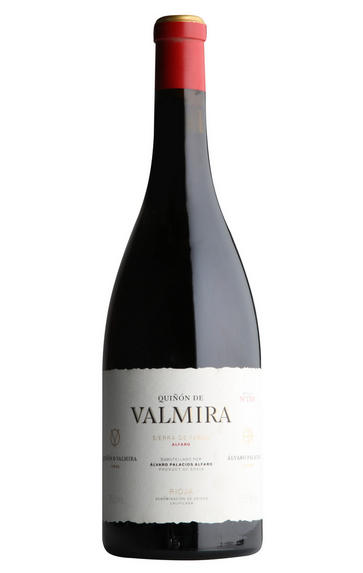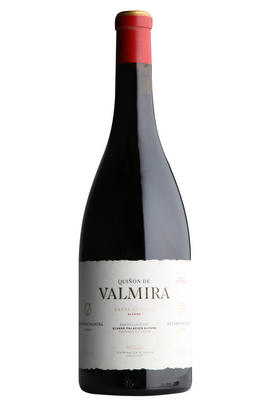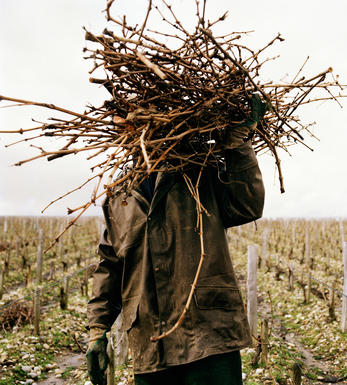
2016 Quiñón de Valmira, Álvaro Palacios, Rioja, Spain

Critics reviews
Luis Gutirrez - 28/02/2018
Drink 2017-2025
Decanter (Mar 2017)
About this WINE

Alvaro Palacios, Alfaro

Grenache/Garnacha
Grenache (Noir) is widely grown and comes in a variety of styles. Believed to originate in Spain, it was, in the late 20th century, the most widely planted black grape variety in the world. Today it hovers around seventh in the pecking order. It tends to produce very fruity, rich wines that can range quite widely in their level of tannin.
In many regions – most famously the Southern Rhône, where it complements Syrah and Mourvèdre, among other grapes – it adds backbone and colour to blends, but some of the most notable Châteauneuf du Pape producers (such as Château Rayas) make 100 percent Grenache wines. The grape is a component in many wines of the Languedoc (where you’ll also find its lighter-coloured forms, Grenache Gris and Blanc) and is responsible for much southern French rosé – taking the lead in most Provence styles.
Found all over Spain as Garnacha Tinta (spelt Garnaxa in Catalonia), the grape variety is increasingly detailed on wine labels there. Along with Tempranillo, it forms the majority of the blend for Rioja’s reds and has been adopted widely in Navarra, where it produces lighter styles of red and rosado (rosé). It can also be found operating under a pseudonym, Cannonau, in Sardinia.
Beyond Europe, Grenache is widely planted in California and Australia, largely thanks to its ability to operate in high temperatures and without much water. Particularly in the Barossa Valley, there are some extraordinary dry-farmed bush vines, some of which are centuries old and produce wines of startling intensity.


Buying options
Add to wishlist
Description
I had the chance to preview the 2016 Quin de Valmira, a wine that can seem perplexing during the levage, as it's very pale and ethereal, but it has incredible power and depth, even if the sample was a bit shaky. There is great harmony and elegance here, with very good freshness. Even if it feels light on the palate, it seems to have more clout, concentration, power and acidity than the 2015, like it wants to go one step further. It's not very clear yet, but I believe this is a better wine than the 2015. This should be bottled around February 2018; I tasted a sample from an oval oak cask. There will be some 2,400 bottles of this. I also saw a very raw sample of 2017, from an atypical year of extreme heat and drought, and the wine had a lot more color, extract and concentration. We'll have to wait and see if this ends up being the great wine produced from Valmira. There will be a bit more wine in 2017.
Luis Gutirrez - 28/02/2018
wine at a glance
Delivery and quality guarantee